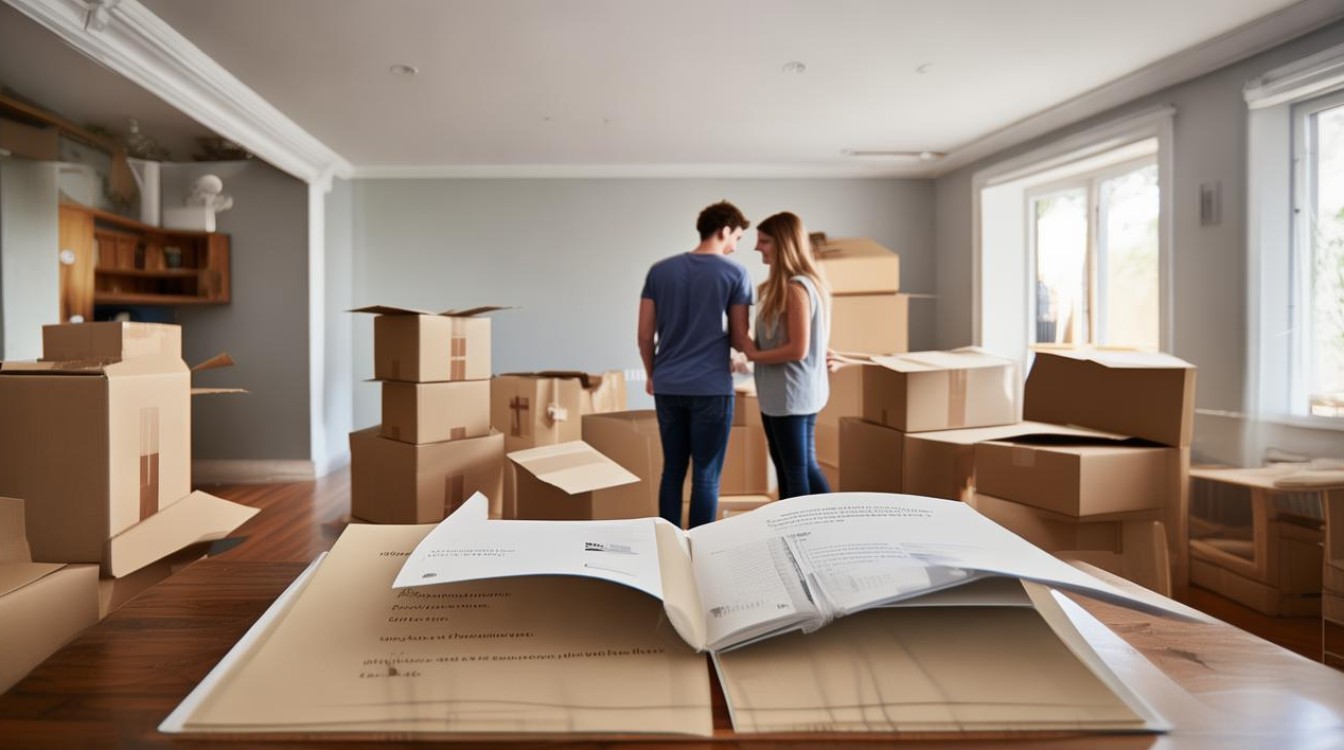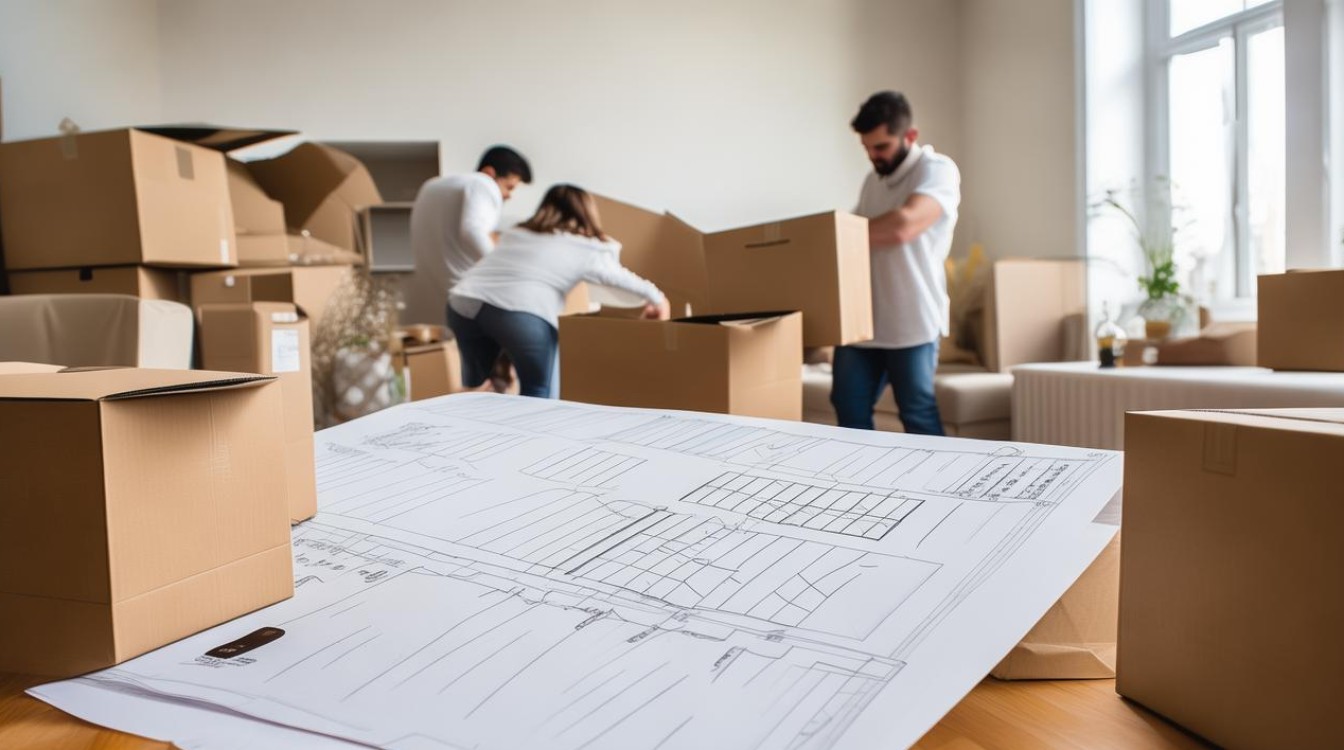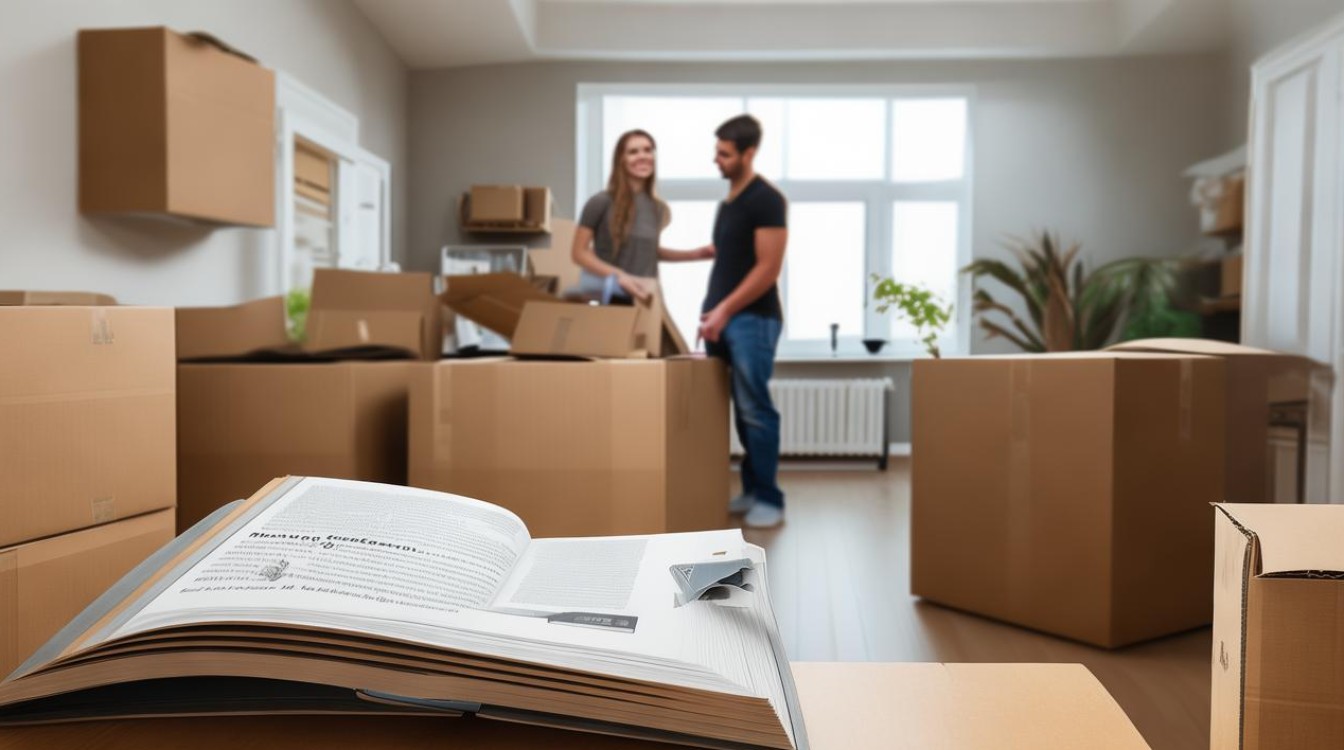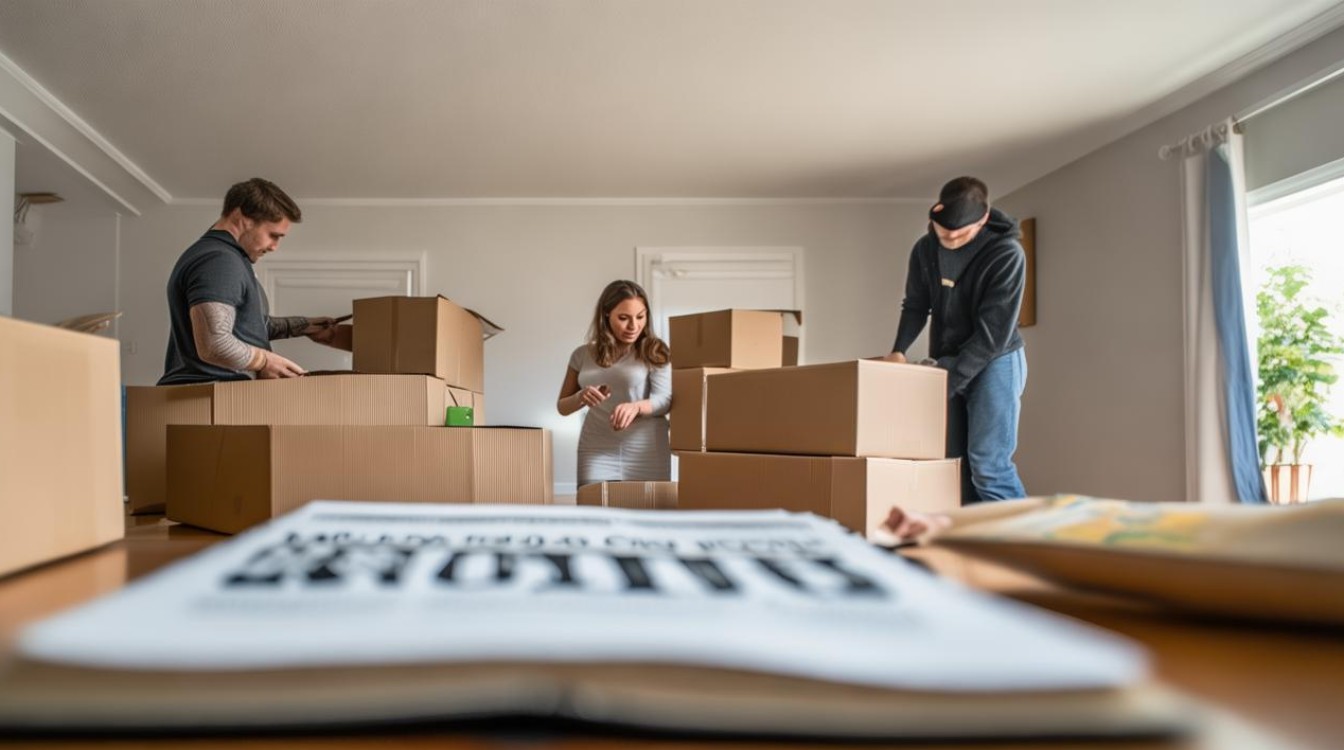Moving to a new apartment is an exciting yet challenging experience. Whether relocating for work, study, or personal reasons, the transition involves more than just transporting belongings. Adapting to a new environment requires planning, patience, and a positive mindset. This guide explores practical steps and insights to make the move smoother while embracing the opportunities a new home presents.

Preparing for the Move
Before packing the first box, careful preparation ensures efficiency and reduces stress. Start by creating a checklist of tasks, including:
- Decluttering: Sort through possessions, keeping essentials and donating or discarding unnecessary items. A lighter load means fewer moving expenses and a fresh start.
- Researching the New Area: Understand the neighborhood’s amenities, public transport, and safety. Online forums and local Facebook groups can provide valuable insights.
- Budgeting: Account for moving costs, security deposits, and potential unforeseen expenses. Setting aside extra funds prevents financial strain.
Packing systematically also saves time. Label boxes by room and priority—essentials like toiletries and a change of clothes should be easily accessible.
Settling In
The first days in a new apartment set the tone for comfort. Begin with these steps:

- Deep Cleaning: Even if the space appears tidy, a thorough clean ensures hygiene and peace of mind. Focus on kitchens and bathrooms, where germs accumulate.
- Unpacking Strategically: Prioritize setting up the bedroom and kitchen. A functional sleeping space and the ability to prepare meals reduce reliance on takeout.
- Safety Checks: Test smoke detectors, locate fire exits, and familiarize yourself with the building’s emergency procedures.
Personalizing the space accelerates the feeling of home. Hang artwork, arrange familiar furniture, and introduce small comforts like plants or scented candles.
Overcoming Challenges
Adjusting to a new environment isn’t always seamless. Common hurdles include:
- Noise Levels: Apartments often share walls with neighbors. White noise machines or earplugs can help if disturbances occur.
- Maintenance Issues: Report leaks or electrical problems to the landlord promptly. Documenting requests in writing ensures accountability.
- Loneliness: Building connections takes time. Attend local events, join hobby groups, or introduce yourself to neighbors to foster community.
Cultural adjustments may also arise, especially in foreign countries. Learning basic phrases in the local language or researching customs demonstrates respect and eases integration.

Embracing the Experience
A new apartment symbolizes a fresh chapter. View the move as an opportunity to:
- Redefine Routines: Experiment with morning rituals or workspace setups to boost productivity.
- Explore the Area: Visit nearby parks, cafes, and markets to discover hidden gems.
- Reflect on Growth: Moving often coincides with personal or professional milestones. Journaling about the journey can provide clarity and motivation.
While challenges are inevitable, maintaining flexibility and optimism transforms obstacles into learning experiences.
Moving to a new apartment is more than a change of address—it’s a chance to redesign life with intention. By planning meticulously, adapting patiently, and embracing the unfamiliar, the transition becomes not just manageable but rewarding. The walls may be new, but the memories and growth they’ll hold are what truly make a home.


